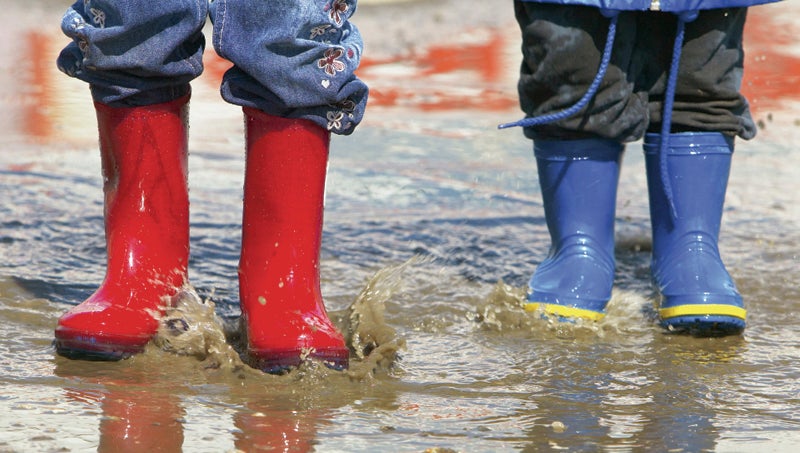Cleanup safety is key
Published 4:59 pm Tuesday, October 11, 2016
Floodwaters can pose many problems — anywhere from property damage to hazardous road conditions and inevitable closings and cancellations.
But some of the most dangerous problems can often go unnoticed.
Floodwaters can contain dangerous pathogens and pollution from potential wastewater spills or from mixing with household chemicals and fertilizers.
Cleanup after a flood is an important part of picking up the pieces after a storm such as Hurricane Matthew, but it is also important to heed safety precautions.
The North Carolina Department of Public Safety offers tips for safe cleanup: do not remove flood-damaged materials that may contain asbestos; furnishings made from absorbent materials should be discarded if they came in contact with floodwaters (i.e., mattresses, upholstered furniture, carpets and padding, books and paper products); wash clothes, bedding and drapes in hot water with a disinfectant; if a home’s sheetrock, insulation or ceiling tiles was reached by floodwaters, remove the materials 30 inches above the water line; undamaged walls and hard-surface floors need to be cleaned with a disinfecting solution (1/4 cup of bleach to 1 gallon of water); disinfect and dry linoleum or tile floors; use a two-bucket method when cleaning by having disinfectant solution in one bucket and clean rinsing water in the other.
With these contaminated conditions also comes the danger of displaced animals that were seeking refuge or were killed by the flooding.
Exercise caution when cleaning out debris, paying close attention for snakes or wild animals, and do not touch dead animals. If a homeowner is unsure of how to handle a situation like this, always err on the side of caution and contact local officials for advice.
By practicing safety precautions, residents can recover from hazardous flooding in the best way. It is certainly not easy cleaning up from the damage, but taking extra time to do it right will make all the difference.





